The head of the Red Cross in Federated States of Micronesia says the country is dealing with a major humanitarian emergency as the country tries to cope with the aftermath of supertyphoon Maysak.
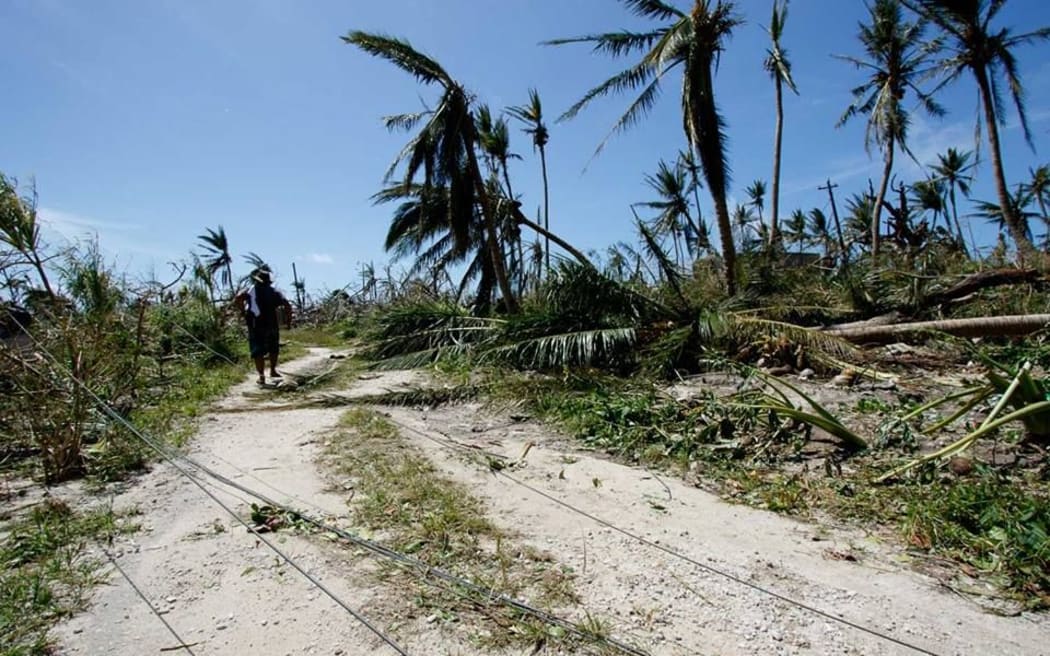
A man wanders through the devastation on Ulithi, Yap. Photo: Brad Holland / FSM Office of Environment and Emergency Management
The category five system tore through two of the country's four states this week, killing 5 people, destroying infrastructure, contaminating water supplies and displacing about 7,000 people.
Isao Frank said the damage was extensive and some islands in Chuuk and Yap were inaccessible.
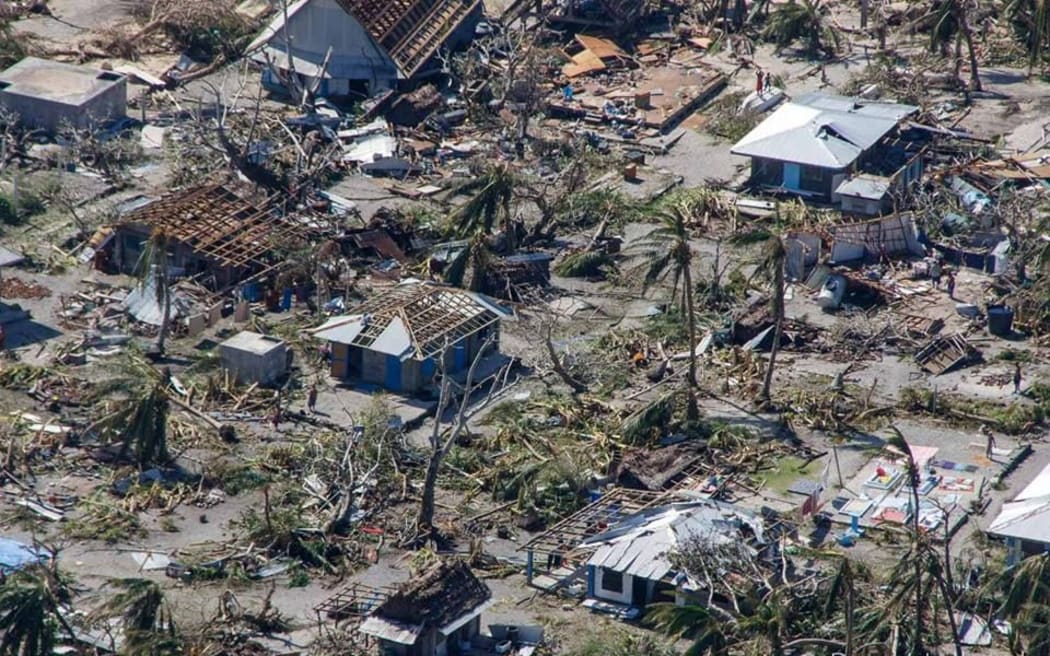
Aerial view of damage caused by supertyphoon Mayak on Ulithi Atoll, Yap. Photo: Brad Holland / FSM Office of Environment and Emergency Management
He said there was a shortage of shelter, food, water and medicine in the worst-affected areas, and the humanitarian response was likely to be a significant logistical challenge.
"There's definitely reports of overcrowding in community shelters, some people even living in the open air without shelter," he said. "There's also fears of food shortages and some reported cases of diarrhoea from unsafe drinking water."
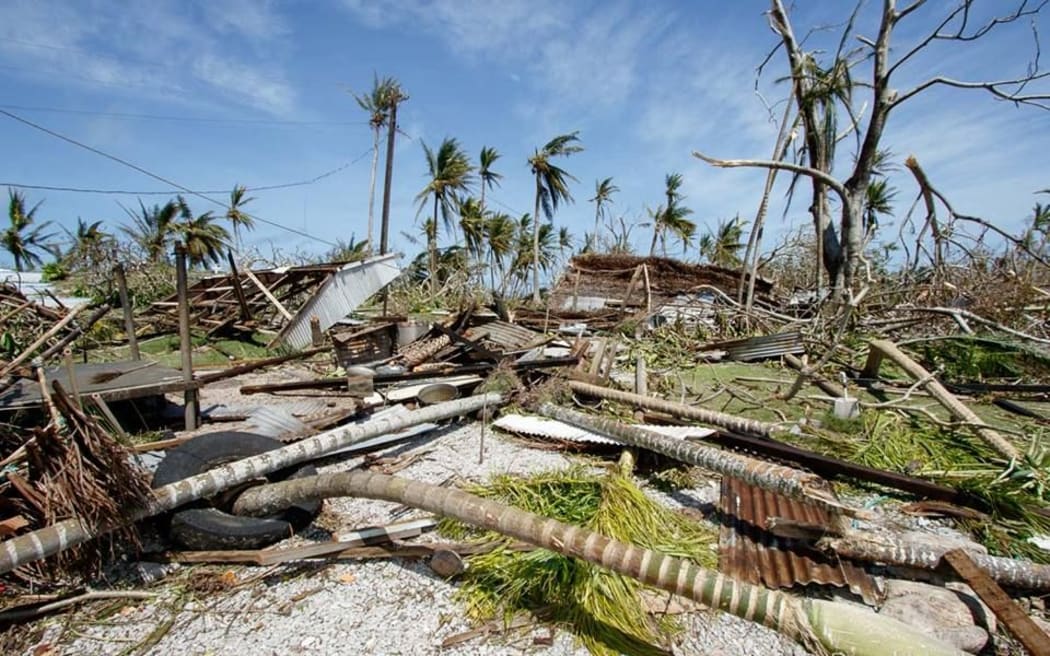
Damage caused by Typhoon Maysak in Ulithi, Yap, Federated States of Micronesia Photo: Brad Holland / FSM Office of Environment and Emergency Management
"We have a crisis on our hands," said Mr Frank.
Government patrol boats continued to distribute relief supplies on Saturday, but the Red Cross said the emergency was far beyond the country's capacity.
He said 60-80% of homes on Weno, the state capital of Chuuk, had been destroyed and evacuation centres had been set up in schools and churches.
In Yap, the atolls of Fais, Ulithi and Faraulep sustained a direct hit from the typhoon at its full strength, with winds of well over 200 kilometres an hour. The state's lieutenant governor, James Yangetmai, said assessment flights had revealed massive destruction.
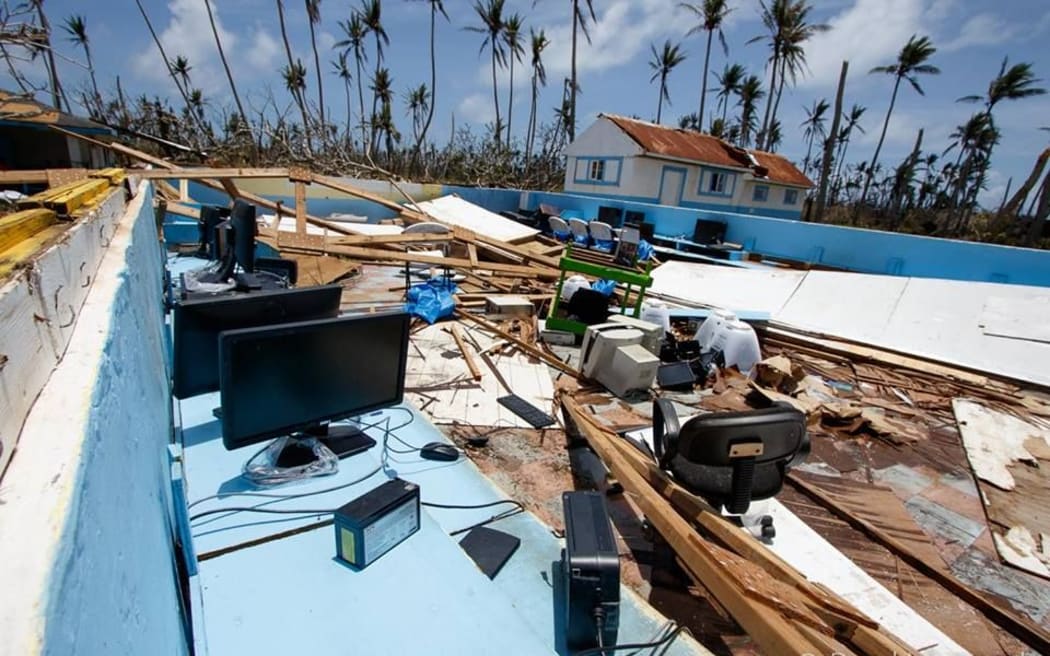
A former classroom at the high school on Ulithi. Photo: Brad Holland / FSM Office of Environment and Emergency Management
He said crops had been wiped out, water supplies contaminated, and all buildings except those built from concrete had been wiped out.
"The only remaining are those that were built of concrete, which are very few of them," he said. "On one island they reported that only four structures were built of concrete and even with that, their roof flew off."
The FSM President, Manny Mori, has requested international assistance from the United Nations and the government was hoping to receive significant assistance from the United States under the Compact of Free Association between the two countries.
Mr Frank said the country would need assistance for months to come, and it could take years to rebuild infrastructure and return to a stable food supply.

An aerial view of the damage to Ulithi atoll in Yap state. Photo: Brad Holland / FSM Office of Environment and Emergency Management
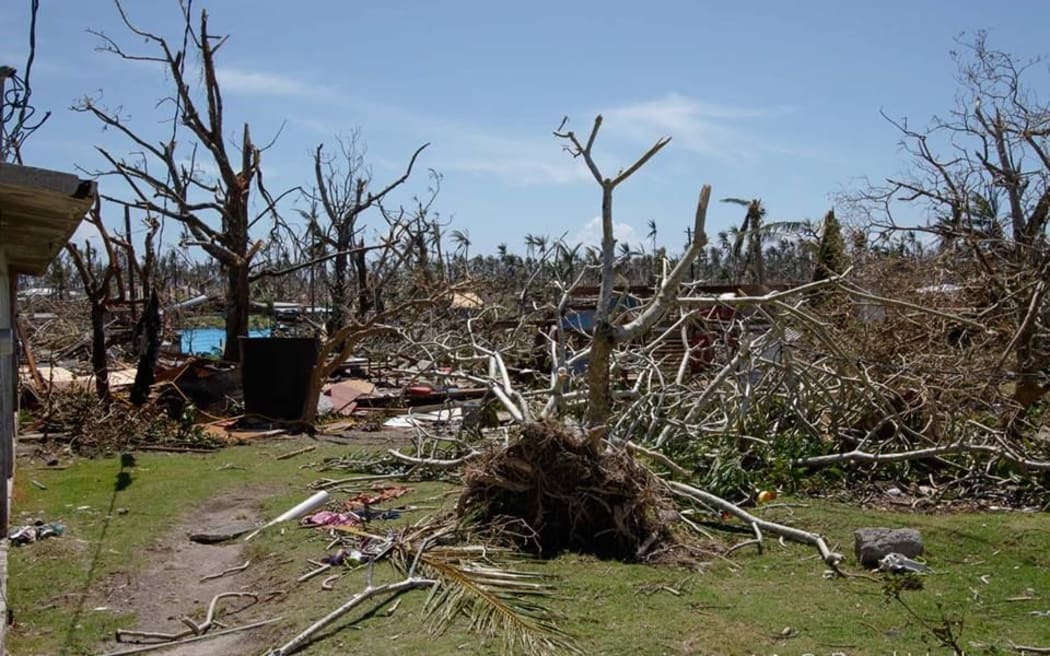
Damage caused by Typhoon Maysak in Ulithi, Yap, Federated States of Micronesia Photo: Brad Holland / FSM Office of Environment and Emergency Management
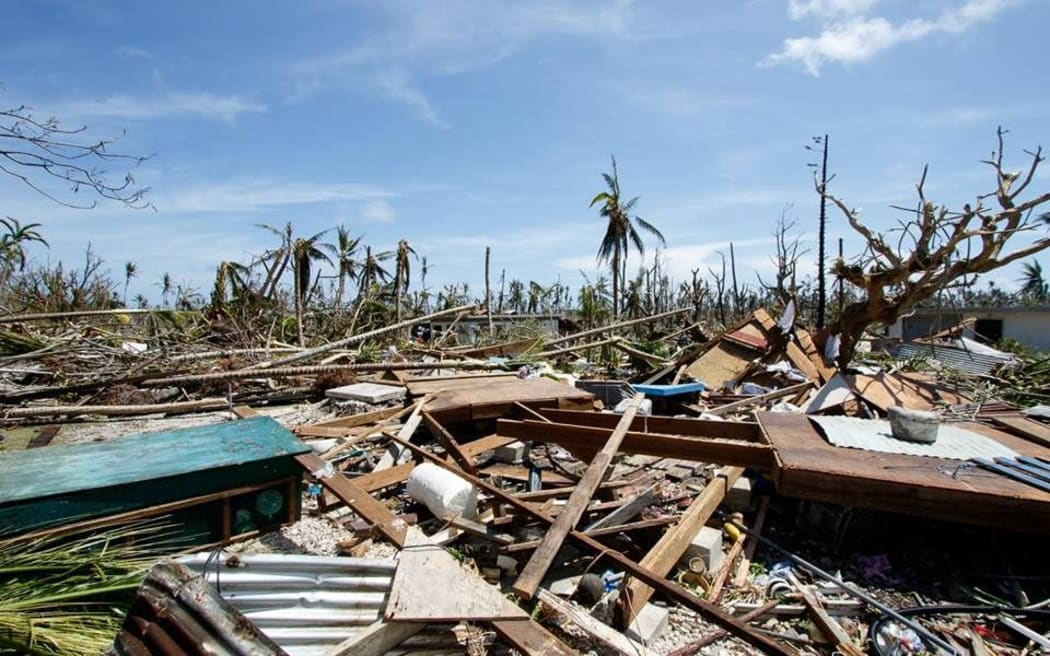
Damage caused by Typhoon Maysak in Ulithi, Yap, Federated States of Micronesia Photo: Brad Holland / FSM Office of Environment and Emergency Management

